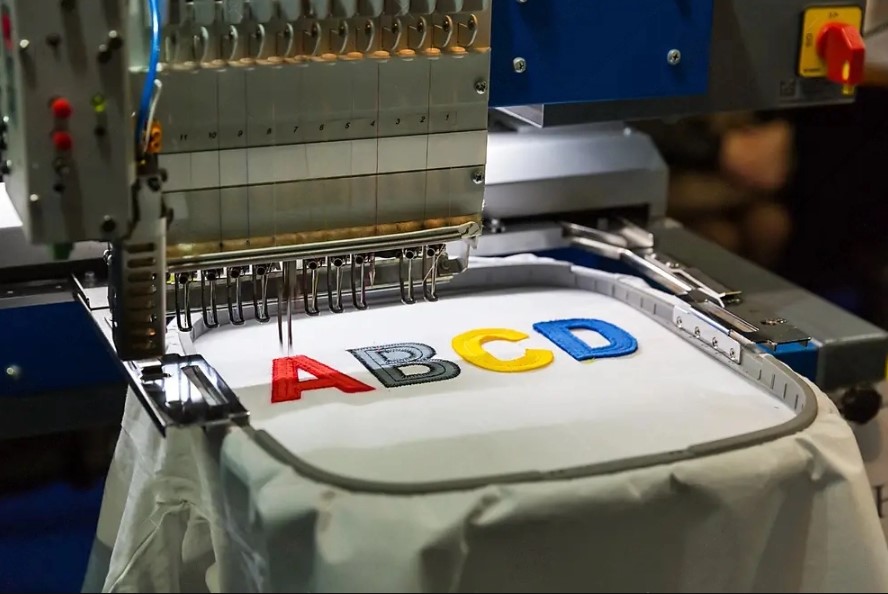
Embroidery hoops are essential tools for both beginners and seasoned embroiderers, helping to keep the fabric taut and allowing for precise stitching. These hoops come in a variety of materials, each with its own unique benefits and suitable uses. In this article, we’ll explore the different types of embroidery hoops, their materials, and how to choose the right one for your project.
Wooden Embroidery Hoops
Materials and Construction
Wooden embroidery hoops are often made from beech, bamboo, or birch. These hoops have a traditional feel and are favored by many embroiderers for their classic look and natural feel. The wood is typically sanded smooth to prevent snagging on the fabric.
Uses
Wooden hoops are versatile and can be used for almost any type of embroidery project. They are particularly popular for hand embroidery and cross-stitching. The natural grip of the wood helps to keep the fabric secure, which is essential for maintaining tension throughout your work.
Advantages
- Durability: High-quality wooden hoops can last for years if properly cared for.
- Aesthetic Appeal: Many crafters prefer the look of wood, which can also be used as a frame for displaying finished embroidery.
- Grip: Wood provides a good grip, holding the fabric tightly in place.
Plastic Embroidery Hoops
Materials and Construction
Plastic hoops are made from various types of plastic, including polyethylene and polypropylene. They often come in a range of bright colors and may include features like a lip on the inner ring to help hold the fabric more securely.
Uses
Plastic hoops are great for beginners due to their affordability and ease of use. They are also lightweight, making them ideal for travel. Plastic hoops can be used for a variety of embroidery techniques, including machine embroidery.
Advantages
- Affordability: Generally, less expensive than wooden or metal hoops.
- Lightweight: Easy to handle, especially for long periods of embroidery.
- Variety: Available in numerous sizes and colors, making it easy to find one that suits your needs.
Metal Embroidery Hoops
Materials and Construction
Metal hoops are typically made from stainless steel or aluminum. These hoops are very durable and provide a strong grip on the fabric. They often have a tightening mechanism that allows for precise adjustment.
Uses
Metal hoops are excellent for projects that require a very tight hold on the fabric. They are commonly used in machine embroidery and for working with heavier fabrics that need extra tension.
Advantages
- Strength: Metal hoops are the most durable option, able to withstand heavy use without warping.
- Tension: Provide the highest level of tension, ideal for detailed and intricate embroidery.
- Long-lasting: Metal hoops can last a lifetime if properly maintained.
Spring Tension Hoops
Materials and Construction
Spring tension hoops are typically made from a combination of metal and plastic. They feature a spring mechanism that holds the fabric in place with tension created by the spring.
Uses
These hoops are great for quick projects and for embroiderers who need to frequently adjust the fabric. They are particularly useful for lightweight fabrics and for projects that require frequent repositioning.
Advantages
- Ease of Use: Quick to open and close, making them convenient for short sessions.
- Flexibility: Easily adjustable for different fabric types and thicknesses.
- Portability: Lightweight and easy to carry, perfect for on-the-go embroidery.
Conclusion
Choosing the right embroidery hoop can greatly impact your embroidery experience. Wooden hoops offer a traditional feel and aesthetic appeal, making them perfect for hand embroidery and display purposes. Plastic hoops are budget-friendly and versatile, ideal for beginners and those who enjoy a variety of colors and styles. Metal hoops provide unmatched strength and tension, suitable for heavy-duty projects and machine embroidery. Spring tension hoops offer convenience and flexibility, perfect for quick and portable projects.
Each type of hoop has its own unique advantages, and the best choice will depend on your specific needs and preferences. By understanding the materials and uses of each type, you can make an informed decision that enhances your embroidery projects and helps you achieve the best results. For more information you can visit Digitizing Buddy.




